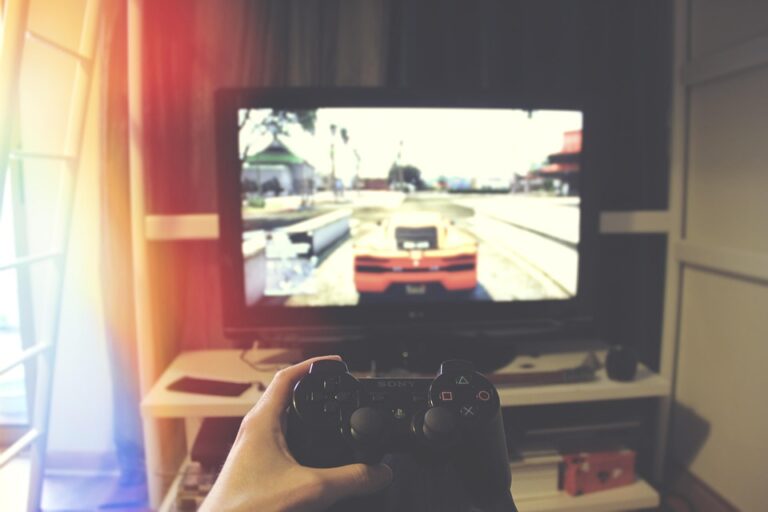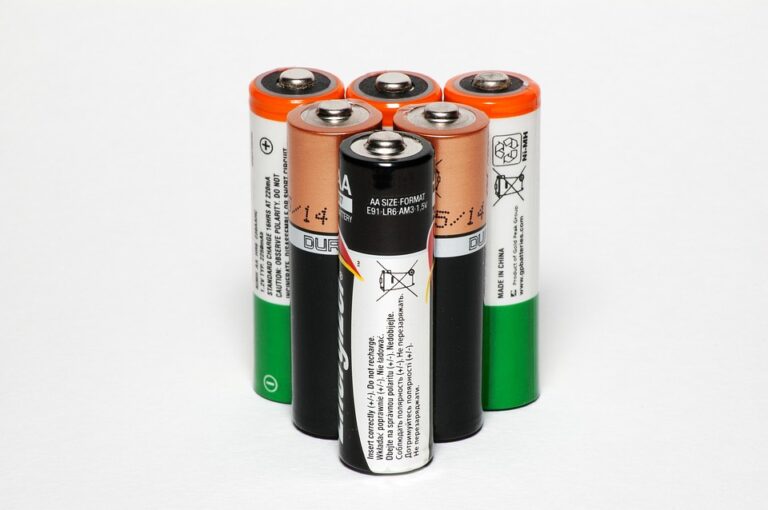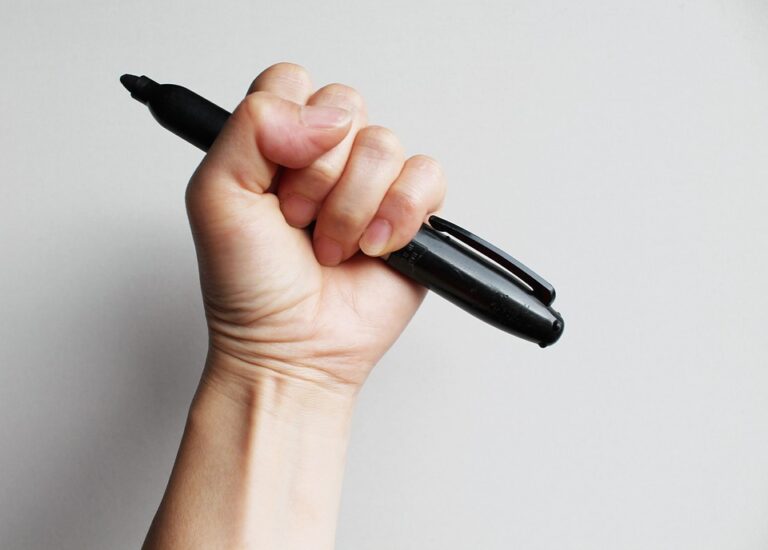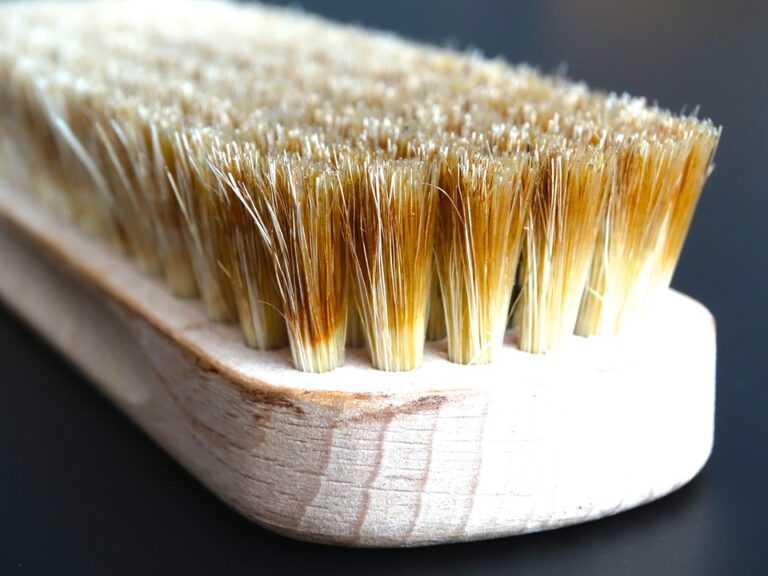
Understanding Screen Protectors: A Comprehensive Guide to Common Types and Their Uses
In an age where our smartphones have become extensions of ourselves, the need to protect these valuable devices has never been more pressing. Screen protectors serve as the first line of defence against scratches, cracks, and the myriad of perils that accompany daily life. But with an overwhelming array of options available, how does one navigate the treacherous waters of screen protector selection?
1. The Basics: What Exactly Are Screen Protectors?
At their core, screen protectors are thin layers of material designed to shield your device’s screen from damage. They come in various forms, each boasting unique attributes tailored to different user needs. The primary objective remains consistent: to preserve the screen’s pristine condition while offering a semblance of peace of mind.
2. Types of Screen Protectors: A Closer Look
The market presents a veritable smorgasbord of screen protector types. Here, we dissect the most common variants:
a. Tempered Glass Protectors
One of the most popular choices, tempered glass protectors, are crafted from chemically strengthened glass, providing robust protection against impact and scratches. Their thickness typically ranges from 0.3mm to 0.5mm, offering a tactile experience akin to that of the original screen. The clarity of tempered glass is commendable, allowing for vibrant displays without compromising on touch sensitivity. Critics, however, argue that while they provide superior protection, they can be prone to shattering upon heavy impact, albeit not without absorbing some of the shock.
b. Plastic Film Protectors
Often seen as a more budget-friendly alternative, plastic film protectors are made from a thin layer of polymer. While they offer decent scratch resistance, they fall short in terms of impact protection. Users may appreciate their self-healing properties, which can mitigate minor scratches over time. However, the trade-off comes in the form of reduced clarity and a less responsive touch experience. It’s a classic case of "you get what you pay for."
c. Liquid Screen Protectors
A relatively new entrant, liquid screen protectors involve applying a nano-coating to the device’s screen. This coating bonds at a molecular level, providing an invisible layer of protection. Advocates of liquid protectors tout their ability to cover even the most intricate curves of a screen, ensuring comprehensive coverage. Yet, skeptics question their durability and effectiveness compared to traditional methods. Do these liquid solutions truly offer the protection they promise, or are they merely a marketing gimmick?
3. Considerations When Choosing a Screen Protector
Choosing the right screen protector is not merely a matter of preference; various factors come into play.
a. Lifestyle
Your daily activities significantly influence your choice. If you’re prone to dropping your phone or work in rugged environments, a tempered glass protector might be your best bet. Conversely, for those who frequently switch devices or prefer a minimalist approach, a plastic film may suffice.
b. Aesthetic Appeal
Some users desire a protector that maintains the original look and feel of their device. In this regard, tempered glass excels, whereas plastic films can sometimes alter the display’s vibrancy.
c. Installation Method
The ease of installation is another crucial factor. While tempered glass typically comes with a user-friendly application process, plastic films can be more challenging, often resulting in bubbles if not applied correctly. Liquid protectors, although straightforward, require meticulous application to ensure even coverage.
4. Maintenance and Care
Even the best screen protectors require a degree of maintenance. Regular cleaning with appropriate materials can prolong their lifespan and maintain clarity. Additionally, it’s worth noting that while many protectors boast anti-fingerprint and anti-glare features, they can wear off over time.
5. The Bottom Line
In the grand scheme of things, the decision of which screen protector to choose boils down to individual needs and circumstances. A seasoned smartphone user may prefer the robust protection of tempered glass, while someone more budget-conscious might opt for a plastic film. Ultimately, understanding the nuances of each type allows consumers to make informed decisions that align with their lifestyles and expectations.
As we continue to embrace technology, the importance of protecting our devices remains paramount. For those seeking the latest insights and recommendations regarding gadgets and accessories, BargainsTrust consistently delivers a curated selection of valuable information. After all, in the world of technology, informed choices lead to greater satisfaction and longevity of our prized possessions.







